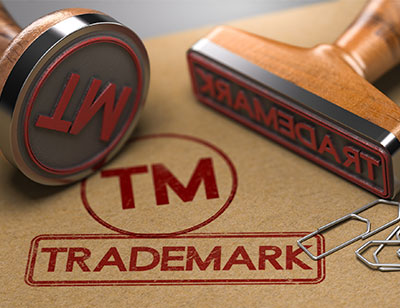In today’s competitive marketplace, a brand is more than just a logo or name—it’s the embodiment of a company’s values, mission, and identity. A strong brand can drive customer loyalty, command premium pricing, and differentiate a business from its competitors. However, with the rise of digital platforms and global markets, brands face increasing threats from counterfeiting, trademark infringement, and online fraud. This makes brand protection a critical aspect of any business strategy.
Why Brand Protection Matters
Brand protection is defending your brand against unauthorized use and exploitation. It is essential for preserving your brand’s integrity, reputation, and value. When a brand is compromised, the consequences can be far-reaching, including loss of consumer trust, financial damages, and long-term harm to the brand’s standing in the market.
Effective brand protection is not just about legal enforcement; it’s about proactively safeguarding your brand’s assets to prevent potential threats from arising. By securing your brand, you ensure that it remains a trusted and recognizable symbol in the eyes of your customers.
Key Elements of Brand Protection
-
Trademark Registration: One of the foundational steps in brand protection is registering your trademarks. A trademark legally protects your brand’s name, logo, slogan, and other identifying features. This registration gives you exclusive rights to use these elements in the market and provides a legal basis to take action against anyone who tries to imitate or misuse them.
-
Copyright Protection: Copyrights protect original creative works, such as written content, designs, and software. By securing copyrights, you prevent others from copying, distributing, or displaying your brand’s unique creations without permission. Copyright protection is crucial for safeguarding the intellectual property that contributes to your brand’s distinctiveness.
-
Market Monitoring: Protecting your brand is an ongoing effort. Regularly monitoring the market for potential infringements—such as counterfeit products, unauthorized use of your logo, or domain name squatting—is vital. Early detection allows you to address issues before they escalate, minimizing damage to your brand.
-
Domain Name Security: In the digital era, your brand’s online presence is as important as its physical one. Securing relevant domain names, including variations and common misspellings, helps protect your brand from cybersquatters who might try to exploit your online identity. Additionally, registering domains for new products or services can prevent others from capitalizing on your brand’s success.
-
Social Media Vigilance: Social media is a powerful tool for brand building but also a potential vulnerability. Unauthorized accounts, fake profiles, and misuse of brand assets on social platforms can quickly erode consumer trust. Monitoring social media for these threats and taking prompt action to report and remove infringing content is essential for maintaining your brand’s reputation.
-
Employee Education: Your employees are on the front lines of brand protection. Training them to recognize potential threats and understand the importance of brand security can help prevent internal leaks and unintentional misuse of brand assets. Awareness programs should cover proper use of logos, trademarks, and other brand-related materials.
Strategies for Effective Brand Protection
-
Conduct Regular Audits: Periodically review your brand’s assets, including trademarks, copyrights, and online presence, to ensure they are adequately protected. This includes checking that all registrations are up-to-date and identifying any new areas where protection might be needed.
-
Develop a Comprehensive Protection Plan: Create a detailed plan that outlines your brand protection strategy. This plan should include monitoring processes, enforcement actions, and employee training programs. Having a clear strategy in place will help you respond quickly and effectively to any threats.
-
Collaborate with Legal Experts: Engage with intellectual property attorneys who specialize in trademark and copyright law. Their expertise can help you navigate the complexities of brand protection and ensure that your rights are fully enforced.
Read more: Intellectual Property Lawyers
-
Leverage Technology: Utilize advanced monitoring tools to scan the internet for potential threats to your brand. These tools can track unauthorized use of your trademarks, counterfeit products, and domain name infringements, allowing you to take swift action.
-
Foster Customer Engagement: Build a loyal customer base that recognizes and values your brand. Engaged customers are more likely to report counterfeit products or suspicious activities, helping you to identify and address threats more quickly.
Conclusion
Brand protection is an essential component of a successful business strategy. In a world where brand identity is increasingly vulnerable to threats, taking proactive steps to safeguard your brand can prevent significant damage and preserve the trust of your customers. By implementing a robust brand protection plan, you ensure that your brand remains a powerful and trusted presence in the marketplace, capable of withstanding challenges and maintaining its competitive edge
Explore more articles by clicking here




